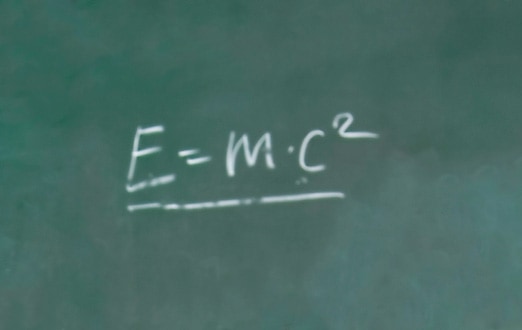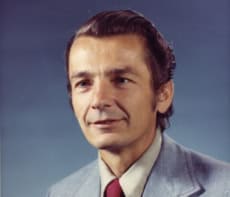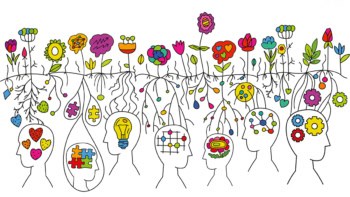Tushna Commissariat reviews How to Understand E = mc2 by Christophe Galfard

Books about Einstein – the man, the myth and the theories (both special and general) – pop onto my desk so often that, in most cases, I simply set them aside. But I must admit that the neon-orange book, titled How to Understand E = mc2, caught my eye. Part of Quercus’ “Little Ways to Live a Big Life” collection – which includes titles such as How to Land a Plane and How to Count to Infinity – this tiny tome (coming in at just over 50 pages) packs quite a punch.
Written by University of Cambridge theoretical physicist and mathematician Christophe Galfard, the book gives a short, sweet and succinct explanation for what it describes as “the most famous theory of all time”. Even though the title mentions only the famed equation, Galfard does a commendable job of providing a quick (if potted) history of early 20th century ideas and discoveries that led to Einstein developing his special and general theories of relativity. I particularly enjoyed the reference to Danish astronomer Ole Rømer, who in 1676 made the first calculation of the speed of light, after his observations of the Jovian moon Io led him to realize that light does not travel instantaneously.
The book also covers key concepts, such as “frames of reference”, as well as how objects behave at light speed. An unexpected but very welcome chapter was one on antimatter. Under the section on “consequences” of relativity, Galfard smoothly segues into how Paul Dirac deduced the existence of antiparticles, before describing how these ideas ultimately led to the development of the atomic bomb. Considering the book’s length, it is impressive that Galfard manages to give such a complete, if basic, explanation of this most beloved of equations, E = mc2.
- 2017 Quercus 56pp £9.99hb



